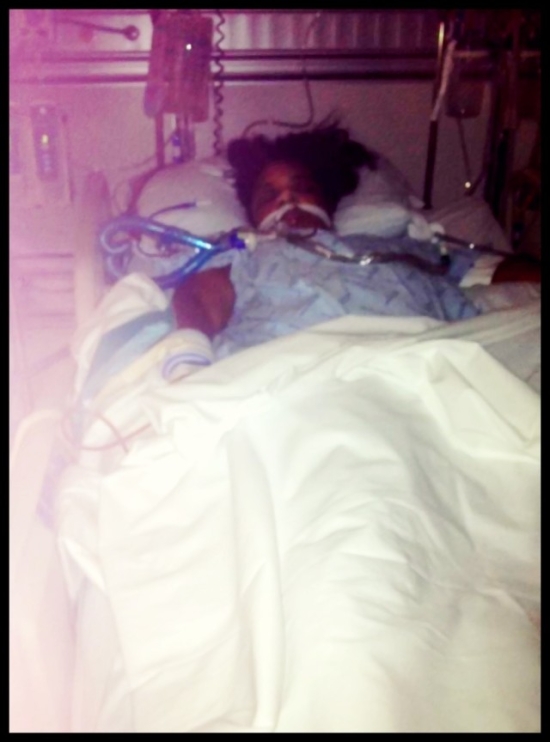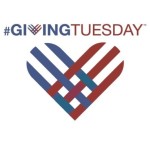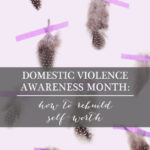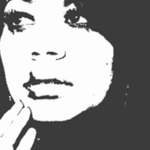October is Domestic Violence Awareness Month, and this topic has been all over the news of late. Everyone is looking for someone to blame, which has me thinking: Is awareness enough? Could we transition awareness into action to combat this problem? Furthermore, are we shifting responsibility or diagnosing the cause when we play the blame game?
As a former public defender, I may come at it from a skewed perspective. Nicknamed public pretenders by those who find themselves behind bars, there is a built-in ego check that comes with the job. We don’t have the luxury of picking our clients, so we’re forced to deal with people that society often brushes under the rug, mostly due to their successive bad choices. Our cases may have few legal issues. Hence, we often play for the fumble or perform smoke and mirrors in the courtroom while working behind the scenes to gather mitigation if the client is convicted. At sentencing, the judge will weigh the aggravation with the mitigation before imposing a sentence so a good defense attorney learns the client’s story. Numerous record requests and interviews, often with a mitigation specialist, reveal it. Not all clients have mitigation, but there always is a story:
Maybe dad was a raging alcoholic who came home at all hours of the night, woke the client and beat him and urinated on him; maybe one parent left and the other went to prison leaving her to bounce around in foster care, often neglected and horribly abused.
The idea of home is no longer a refuge; it instead instills terror.

So, do we blame the perpetrators? Yes, they should accept responsibility. Abusers that get away with bad behavior do not fix their flaws on their own. Instead, it gets worse as do the results. Domestic violence needs to be exposed; abusers should feel ashamed and forced to see the problem lies within. The abuser didn’t have control over emotions in the first place so what makes this person think that it won’t happen again? Control is a myth, but I think abusers latch on, maybe to suppress past hurts, maybe to keep their story from surfacing, and thus having to face it.
What about the victims? If they want to leave, leave. Why stay? Big sigh—if only it was that simple. First, most victims have built a life with their perpetrator. Through their eyes this is a person, not the monster that surfaces in an instance, even if repeated. Second, and most importantly, abuse takes its toll. The victim may not have been the strongest person to begin with, and may have experienced a lifetime of abuse. Regardless, the victim is not in a healthy place.
Which leads me to the system: We expect the victim to leave the abuser yet stick around to report it to the police and months later face the abuser in court and testify. Meanwhile, the victim can file a piece of paper for protection, and never mind that the law is a weighty piece of paper that hasn’t stopped the abuser before. And unless the perpetrator is a repeat offender, being locked away most likely wont happen. Their fear may not be misplaced. According to the US Department of Justice, 64% of women murdered are killed by a family member or intimate partner.

Moreover, anyone familiar with the criminal justice system knows its shortcomings: innocent people are convicted, more often guilty people walk free, and plea deals are tendered for significantly reduced sentences. Serious offenses are not always categorized as such under the law. Prisons warehouse people more than they rehabilitate them while serving as revolving doors. A criminal record is a scarlet letter, which also triggers the self-fulfillment prophecy. Yet with all its shortcomings and due its share of blame, we truly have the best system in the world.
Now, what about society? We have a tendency to place blame then turn around and pretend to have nothing to do with the issue. This cavalier attitude breeds ambivalence where people pretend that this problem doesn’t apply to them or exist close to their home. In this environment, abuse will get worse not better. Further, we as a society could better equip boys to deal with their emotions. Why continue to label girls as emotional when anger, rage, and frustration are emotions too? We need to acknowledge that we all play a part in this cycle.
Which brings me to the recent Ray and Janal Rice incident that brought more awareness to this unspeakable problem earlier this year. The NFL is uniquely situated and equipped to deal with domestic violence. It has a huge following and more resources than any state or federal criminal justice system. So should the NFL accept responsibility? Absolutely—just like any other predominately male institution with unlimited resources. These institutions have a social responsibility to hold high standards, not to mention doing so nurtures a more profitable environment for everyone. This issue affects every socio-economic level, every race and ethnic group, and most likely every profession.
Because of this, it is everyone’s responsibility to speak up and take a stand. Start with awareness, but turn it into action. With social media and technology, we have a platform to inspire change. We can cultivate an environment where our purple-ribbons are just as prevalent and equally worthy as their pink-ribbon sister.

Throughout the month of October, I would like to challenge our readers to wear their purple ribbons with pride and purpose. Be thoughtful, engage others in the discussion, stop looking to place blame and instead turn your words into action—donate, volunteer, or be the voice for those who have been silenced.
Let’s inspire change together!
Kathryn






